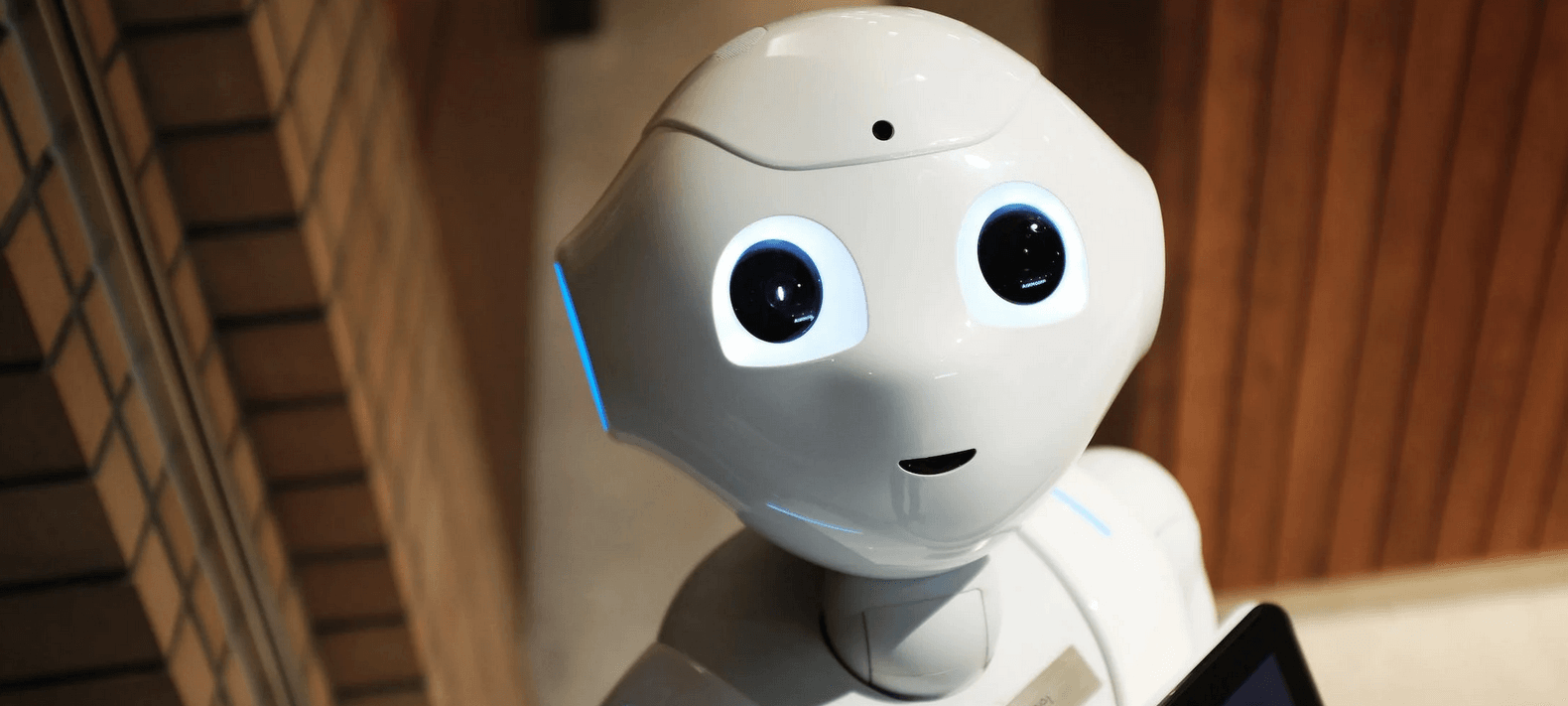ChatGPT is a state-of-the-art AI language model developed by OpenAI, built upon the transformative GPT-3 architecture. It excels at natural language understanding and generation, allowing it to engage in human-like text-based conversations. With the ability to comprehend and respond to user inputs, ChatGPT has a wide range of applications, from providing information and answering questions to assisting with language translation and content generation. It achieves its capabilities through deep learning and neural networks, which enable it to process and generate text with context-awareness, making it a powerful tool for various conversational AI applications and chatbot development.

How does ChatGPT work?
ChatGPT works based on a deep-learning architecture called a transformer. It uses a neural network with multiple layers to understand and generate human-like text responses.
Here’s a simplified explanation of how ChatGPT works:
- Input Text: ChatGPT begins by receiving a piece of text as input. This text can be a user’s question, query, or prompt. For example, if users want to know the weather forecast, they might input “What’s the weather like today?“
- Tokenization: The input text is divided into smaller units called tokens. Tokens can be as short as one character or as long as one word. This process breaks down the input text into manageable pieces that the model can work with. For example, the sentence “ChatGPT is great!” might be tokenized into individual tokens like [‘Chat’, ‘G’, ‘P’, ‘T’, ‘ is’, ‘ great’, ‘!’].
- Embedding: Each token is then converted into a numerical representation known as an embedding. These embeddings capture the meaning and context of the tokens. ChatGPT uses pre-trained embeddings, meaning it has learned how to represent words and phrases in a way that reflects their relationships and meanings. These embeddings are essential for the model to understand and process the input.
- Model Architecture: ChatGPT is built upon a transformer-based architecture, which consists of multiple layers of attention mechanisms and feedforward neural networks. The attention mechanisms allow the model to weigh the importance of different tokens in understanding context. The architecture is deep and complex, enabling the model to capture intricate patterns and dependencies in the data.
- Context Understanding: As the model processes the input tokens one by one, it maintains an internal representation of context. It learns to understand the context by considering the surrounding tokens. For instance, in the input “What’s the weather like today?“, the model understands that the question is related to weather and today’s date. This context is crucial for generating meaningful responses.
- Generating Output: After processing the input and understanding the context, ChatGPT generates a sequence of tokens as output. This sequence typically represents a sentence or paragraph that is relevant to the input query. For instance, in response to the weather query, it might generate “The weather today is sunny with a high of 28°C.“
- Decoding: The output sequence, which is initially in the form of tokens, needs to be decoded into human-readable text. This involves selecting the most likely tokens for each position in the sequence based on the model’s internal representations. Decoding ensures that the output is coherent and grammatically correct.
- Response: The decoded output becomes the chatbot’s response, which is then presented to the user. In our example, the chatbot would respond with The weather today is sunny with a high of 28°C.
- Repeat: The conversation can continue by taking the chatbot’s response as the new input and repeating the entire process. This iterative dialogue allows users to have back-and-forth interactions with the chatbot.
What distinguishes ChatGPT and similar models is their ability to generate human-like responses by understanding context, grammar, and meaning from large amounts of training data. However, it’s important to note that while ChatGPT can generate impressive responses, it’s not infallible and may sometimes provide incorrect or nonsensical answers, which is a limitation to be aware of when using AI chatbots.